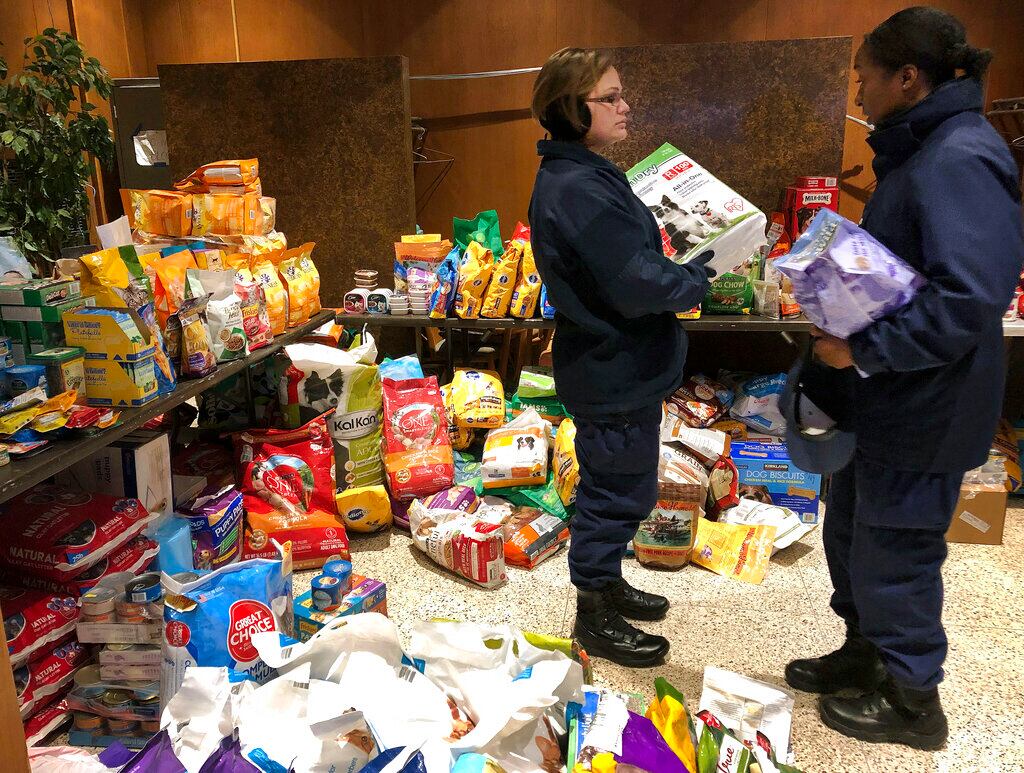Sometimes it is not easy for the public to see all that the Air Force and our great Airmen do each day. Many of you
— particularly in the space, cyber, and nuclear weapons fields
— know this to be true. But even for fighter, bomber and tanker crews, where there is often little spare room for journalists or other passengers, it can be difficult to show America its Air Force.
With our 70th Air Force birthday upon us, this is a perfect time for me to ask for your help. As we celebrate seven decades of innovating and breaking barriers, let's humbly but unapologetically show our countrymen the Air Force that you and I know so well. Let's take the time to put a human face on what we provide for the joint force, our allies and the nation. This seems only appropriate, given that we have been at war continuously for the past quarter century, from Desert Storm to Kosovo, to patrolling Iraqi no-fly zones, then to Afghanistan and Iraq again as we fight the scourge of ISIL.
The joint force depends on the Air Force's ability to range the globe, often on very short notice. That is a unique capability that we know as Global Reach. Anyone who has been to any of our Distributed Common Ground Systems has seen our real-time global surveillance network in operation. That is Global Vigilance, and it has been a key to warfighting success in the Middle East and elsewhere.
Our combat and mobility forces, working alongside our joint partners and allies, have performed the lion's share of the heavy lifting in the ISIL fight. That includes special operations Airmen, assisting with airstrikes in Iraq and Syria while continuing the fight in Afghanistan. Combine our conventional and special operations forces with the Air Force's stewardship of two legs of the nuclear triad, and that is the third pillar of Air Force Global Vigilance, Global Reach and Global Power.
This year, as we celebrate the shattering of numerous barriers
— from the dawn of the jet age to ICBMs, the advent of GPS navigation and the maturity of precision strike
— we still have serious work to do. We must and will modernize our nuclear forces as Airmen provide 75 percent of the nuclear command, control and communications framework to connect our president to the nuclear triad.
We will get bigger, as we grow our active duty, Guard and Reserve force in the years ahead to match resources to tasks and rebuild readiness that has declined notably. We will also focus on space as a potential area of conflict, bring a new tanker online and work to develop the B-21 as we upgrade our aging bomber fleet. It's not just about machinery, however. We will develop joint leaders who better understand air, space and cyber as they come together as elements of joint and national power. We will emphasize rapid command and control in highly contested and in some cases degraded environments — a requisite for winning in the future. And, we will revitalize our squadrons.
Air and space superiority are not American birth rights and they must be fought for and won. Our challenge is ensuring we always win at a time when the Air Force is the oldest and smallest it has been in history, all the while accepting that airpower is in great demand and will continue to be for the foreseeable future.
For 70 years, we have found a way to get there, often by challenging conventional wisdom, from the development of stealth to satellite-guided bombs and remotely piloted aircraft. As we tackle the great challenges of the 21st century, help me tell America about its Air Force and share our story with the public. Let's write the new chapters together.
Goldfein is chief of staff of the Air Force.





